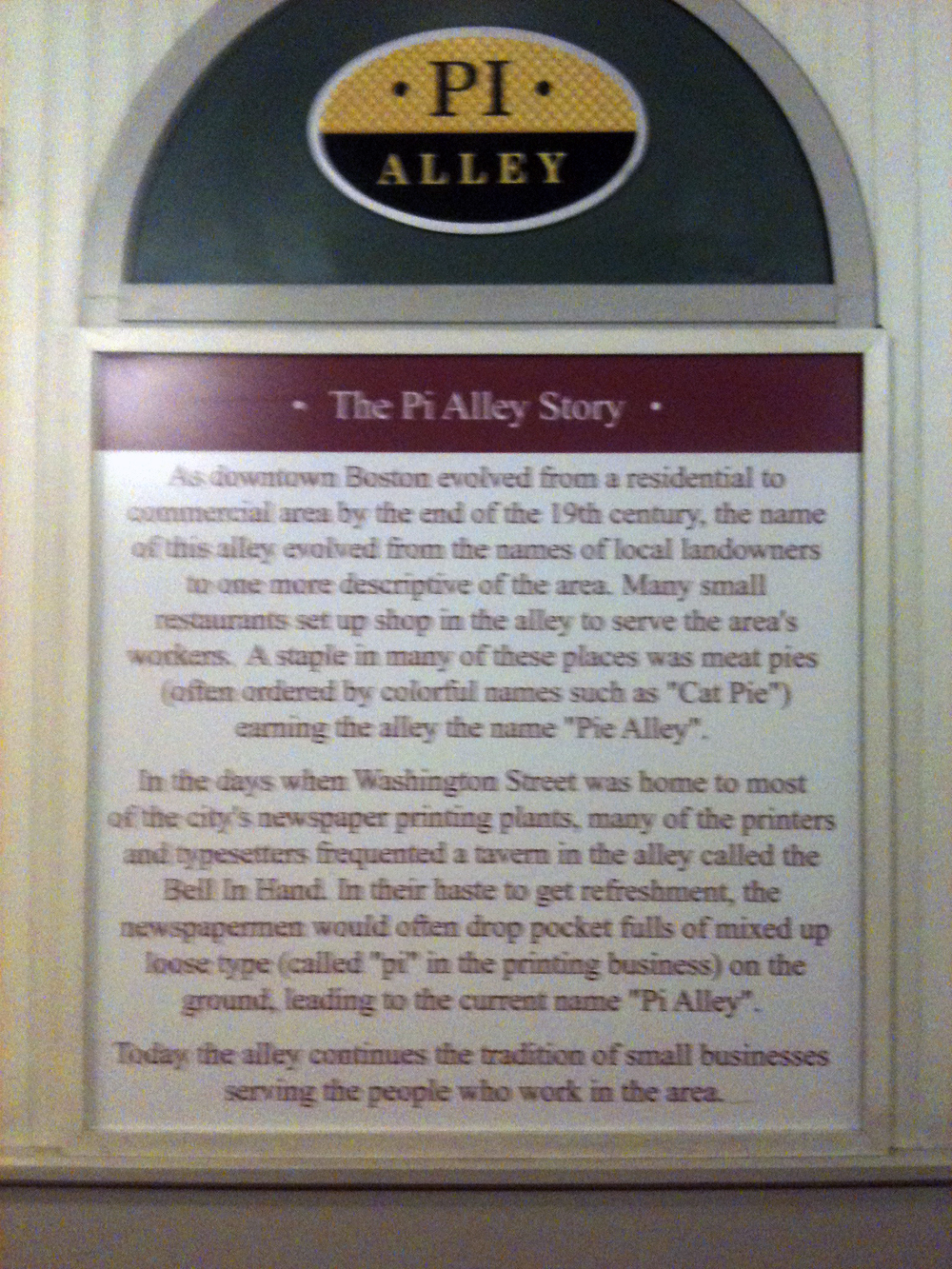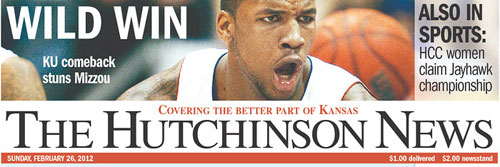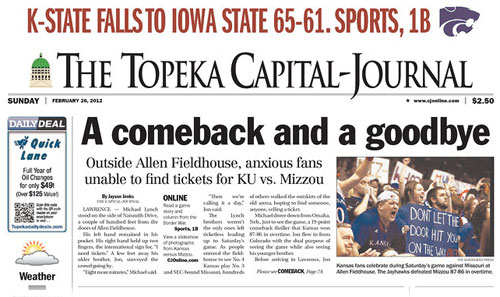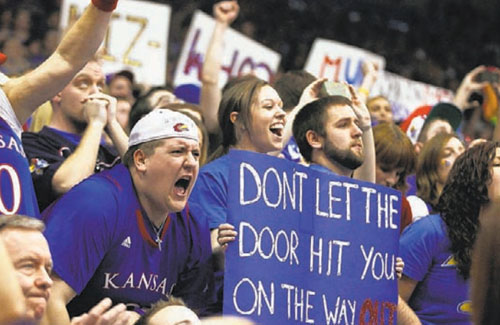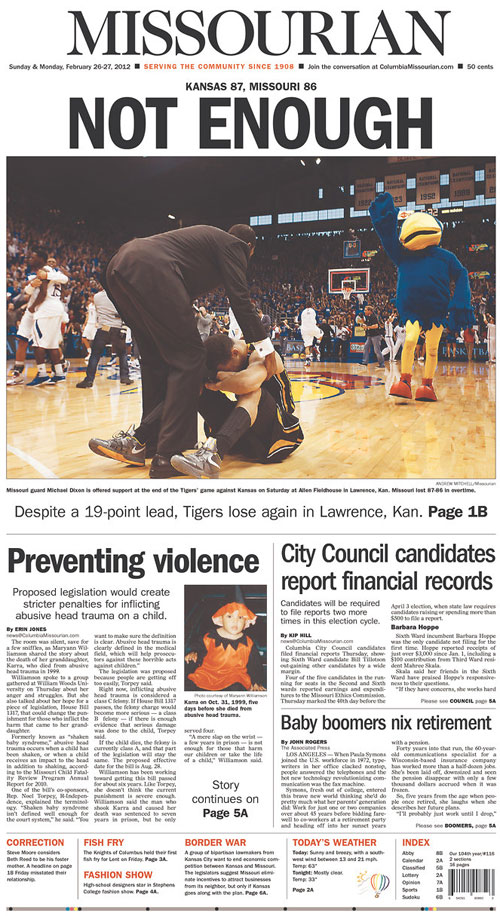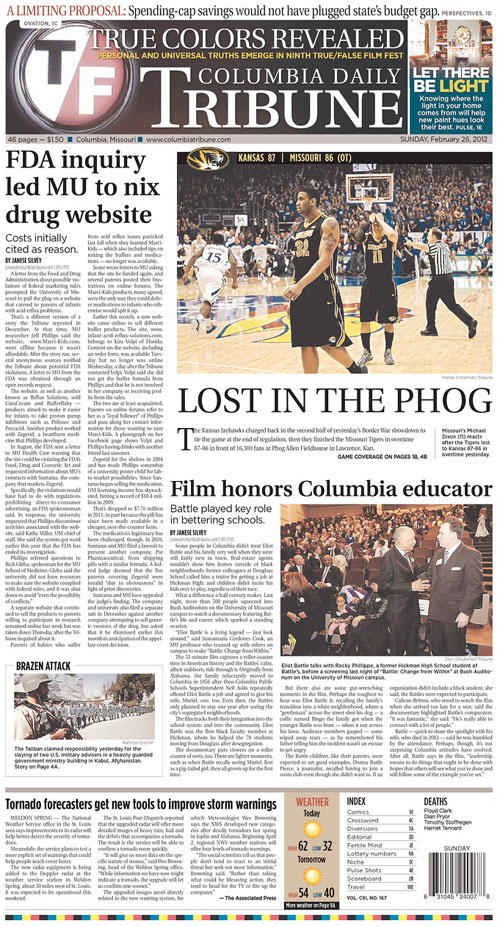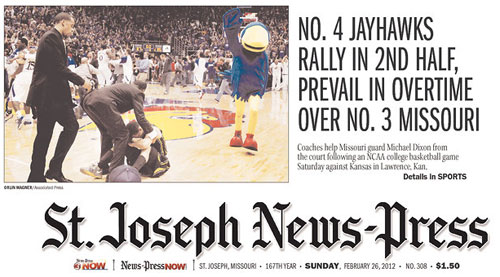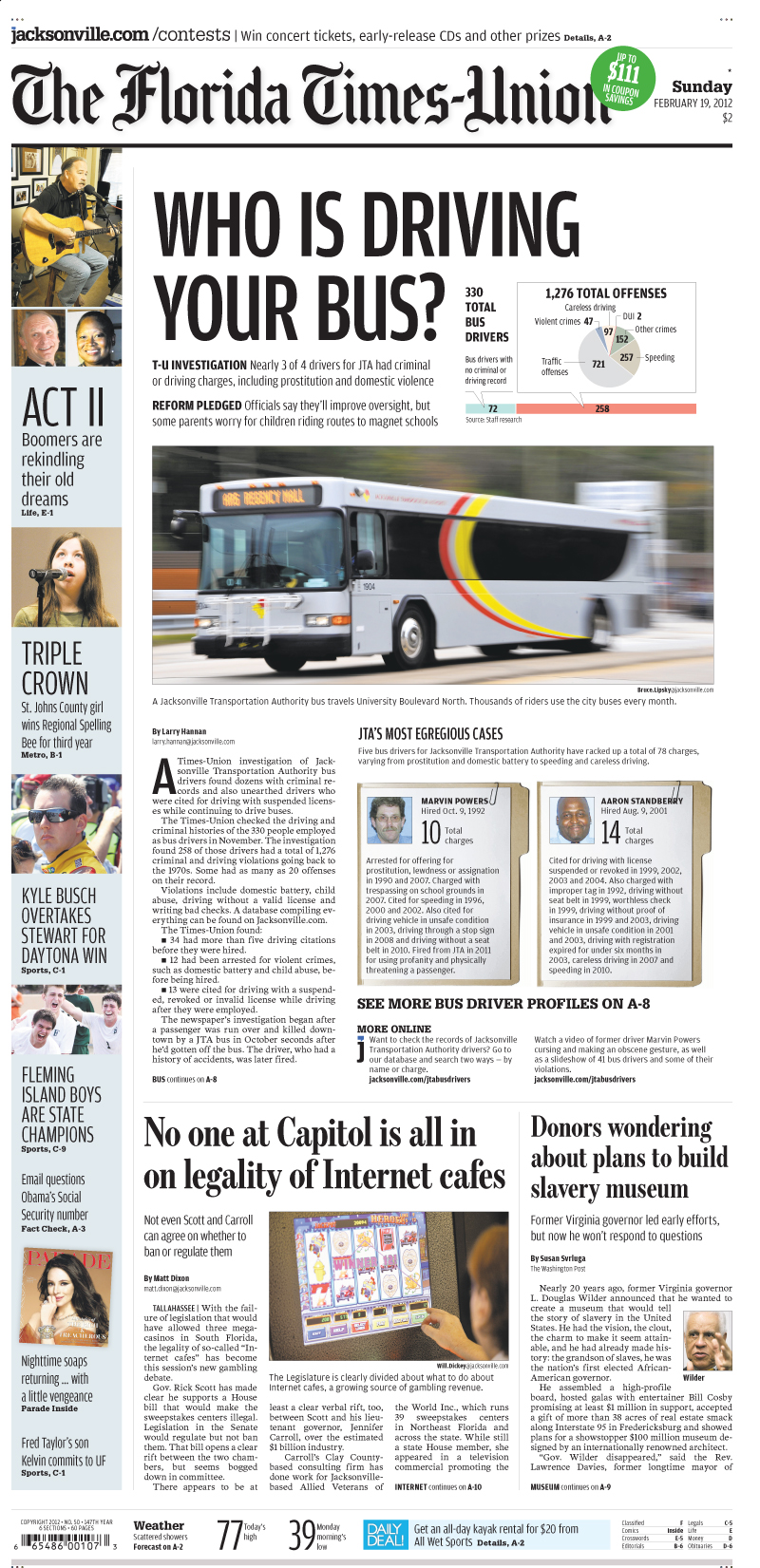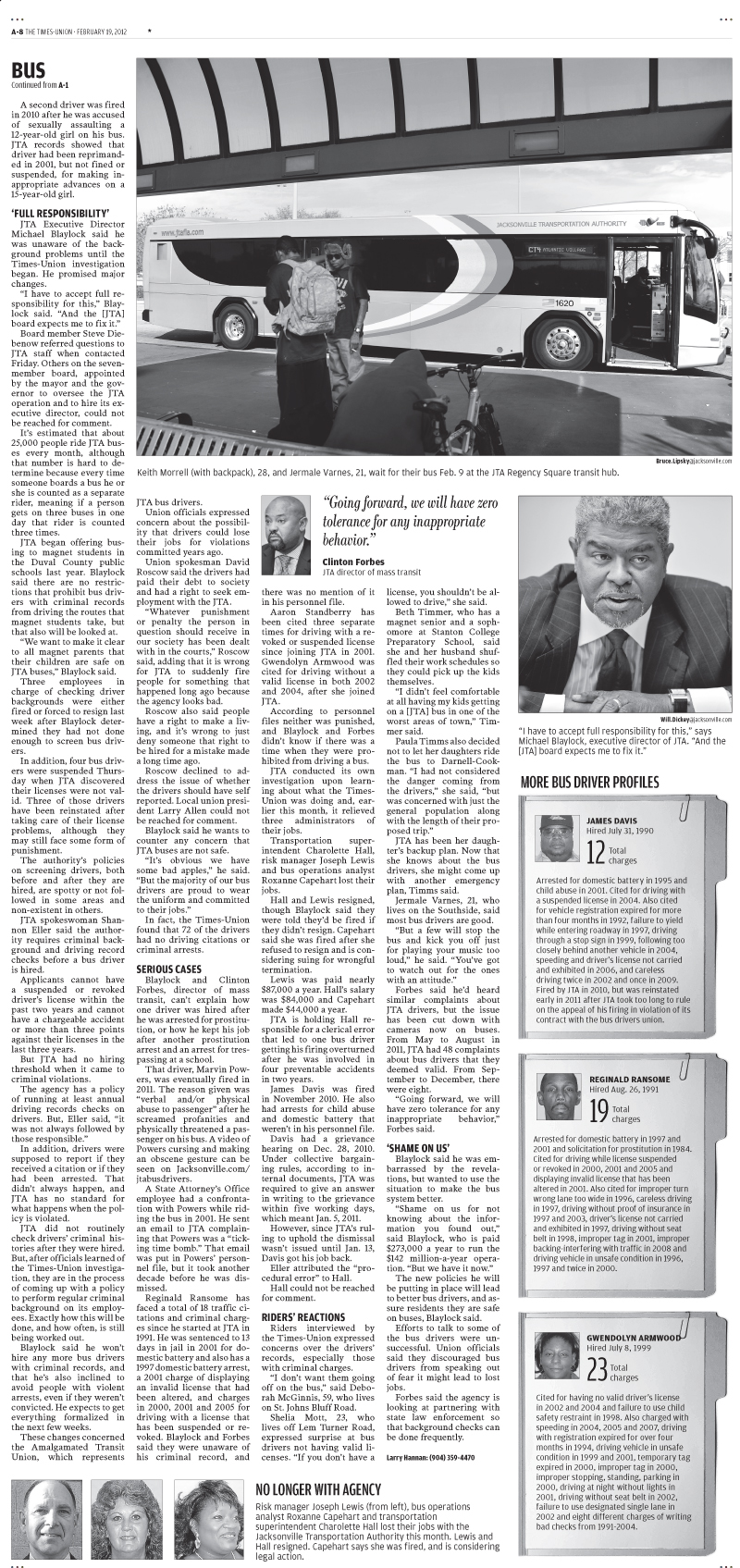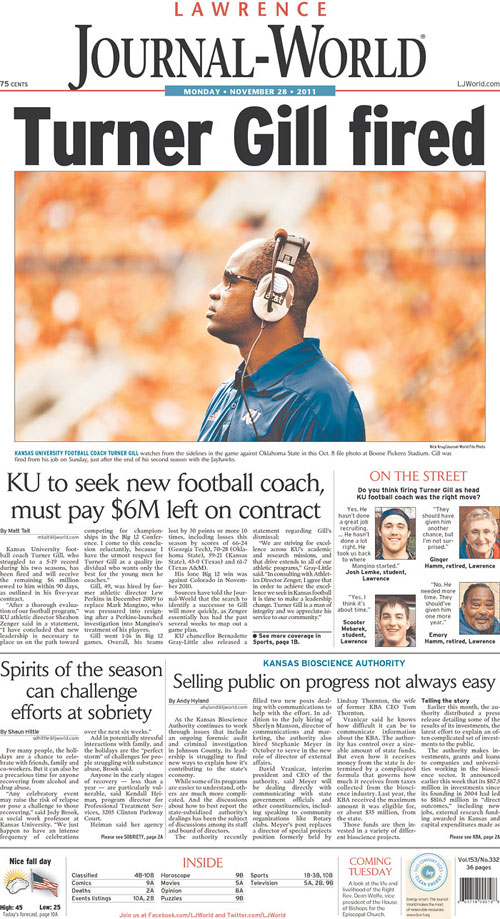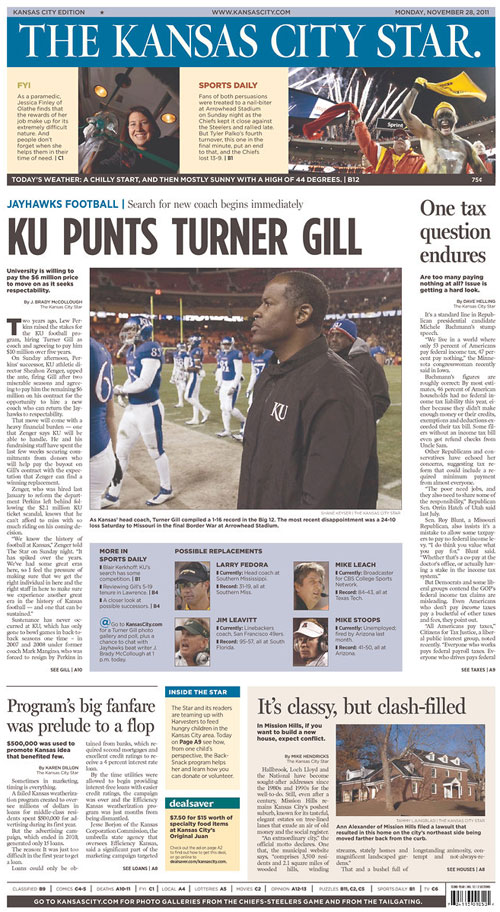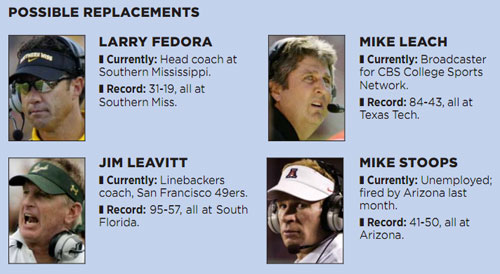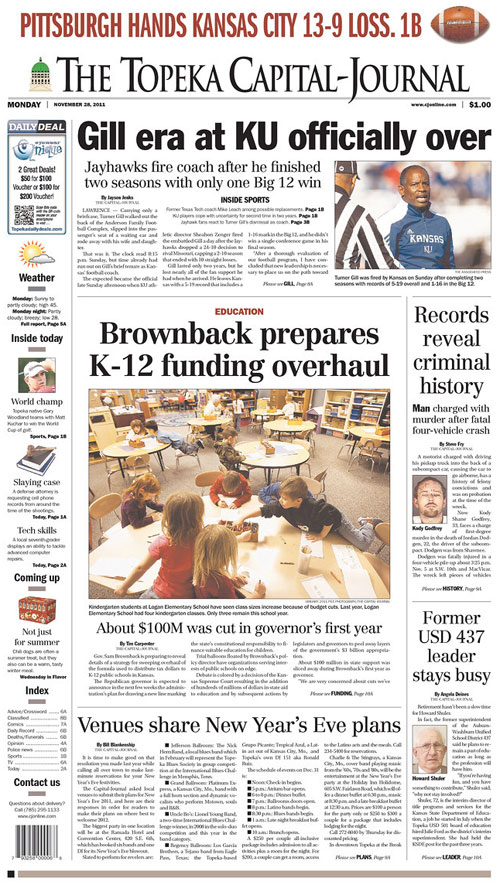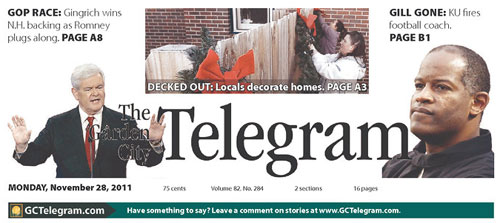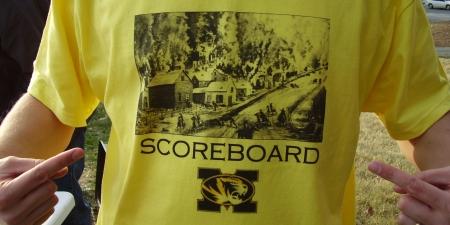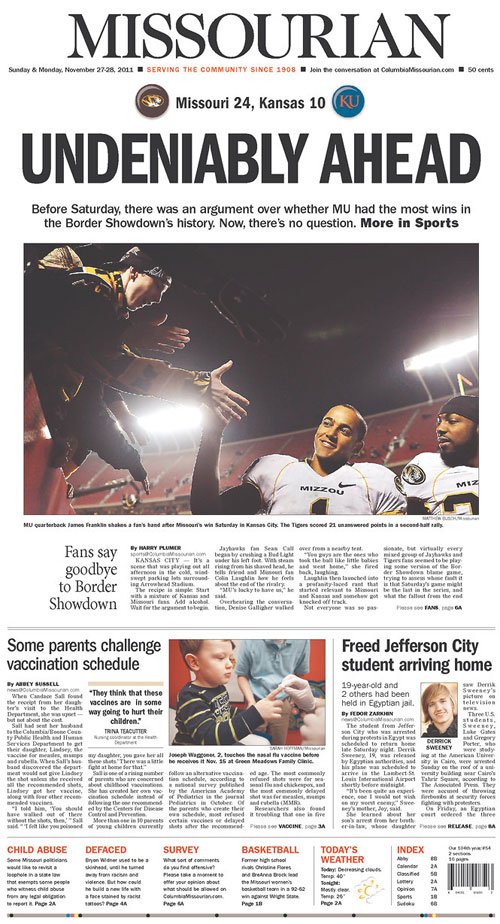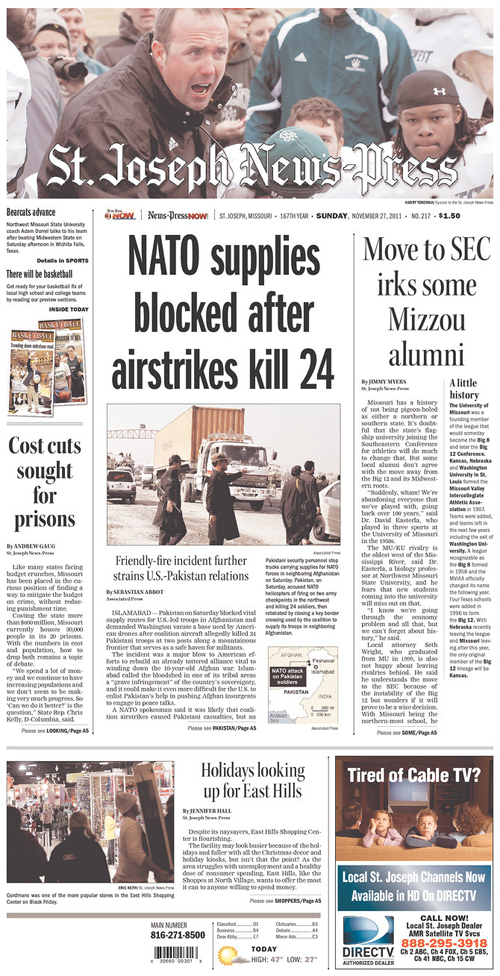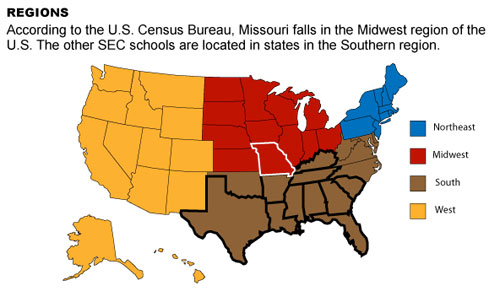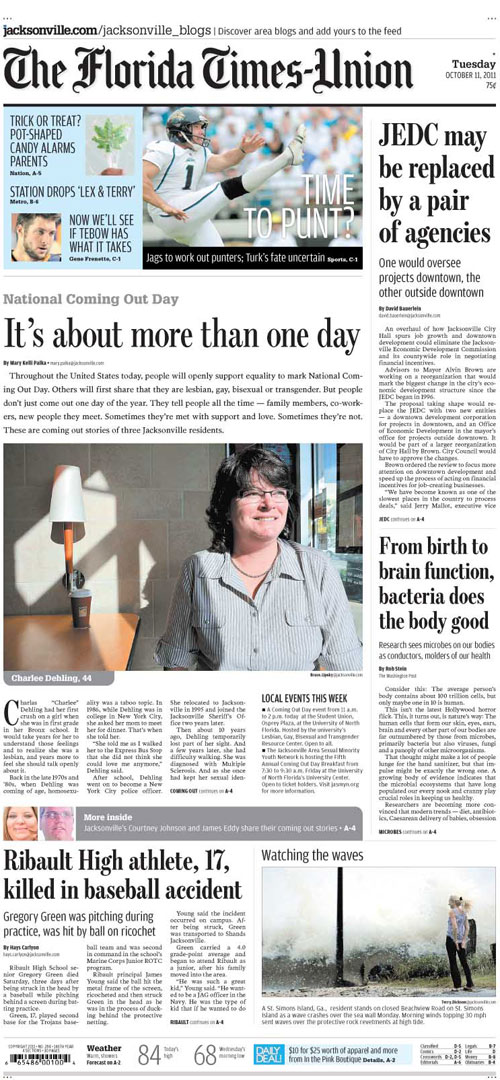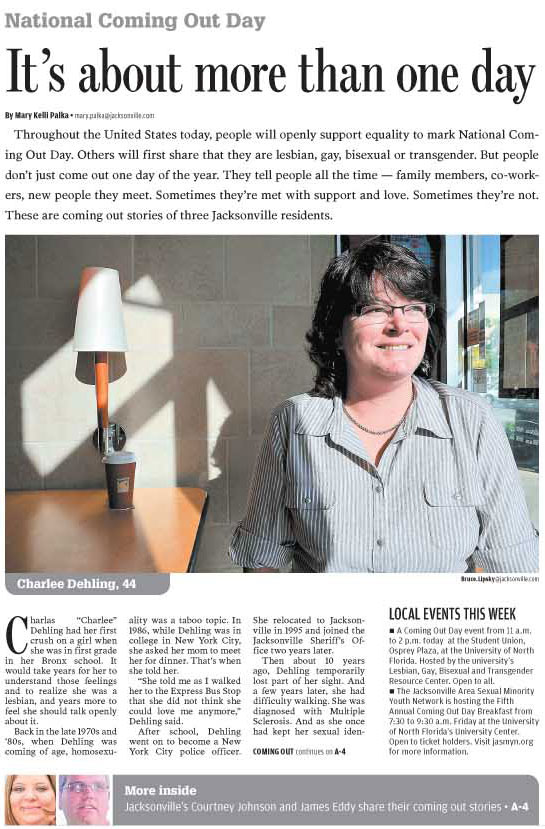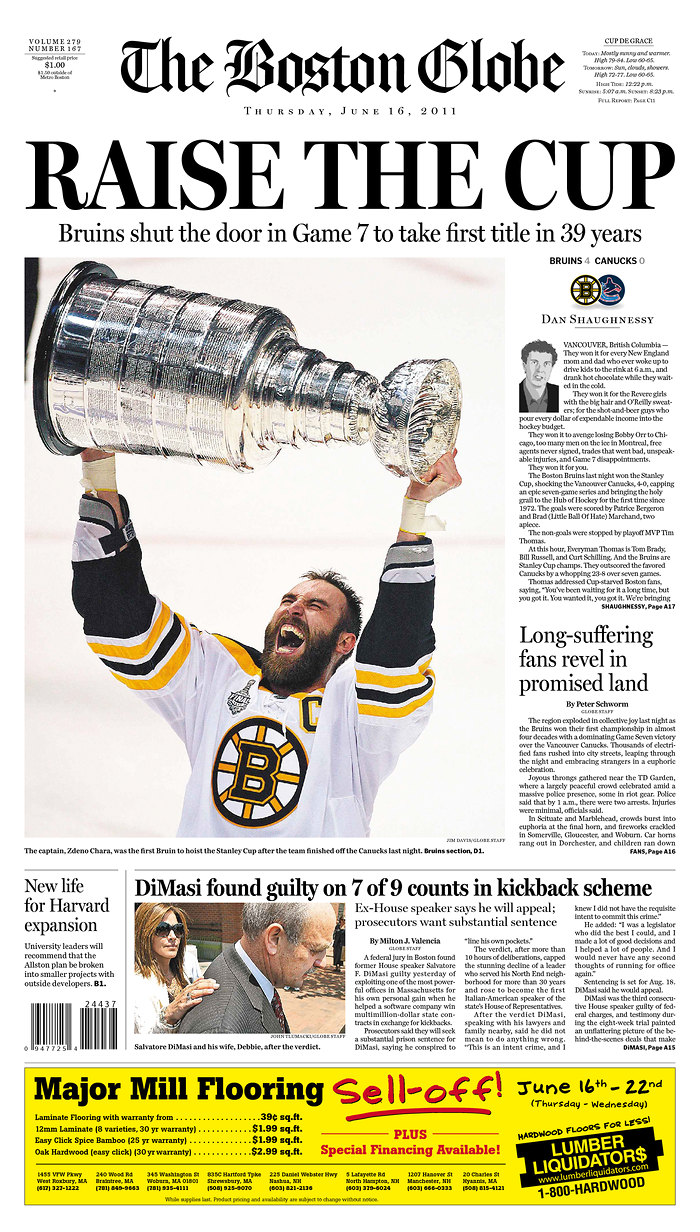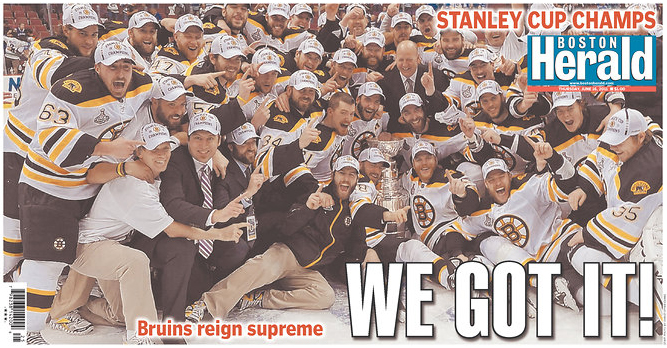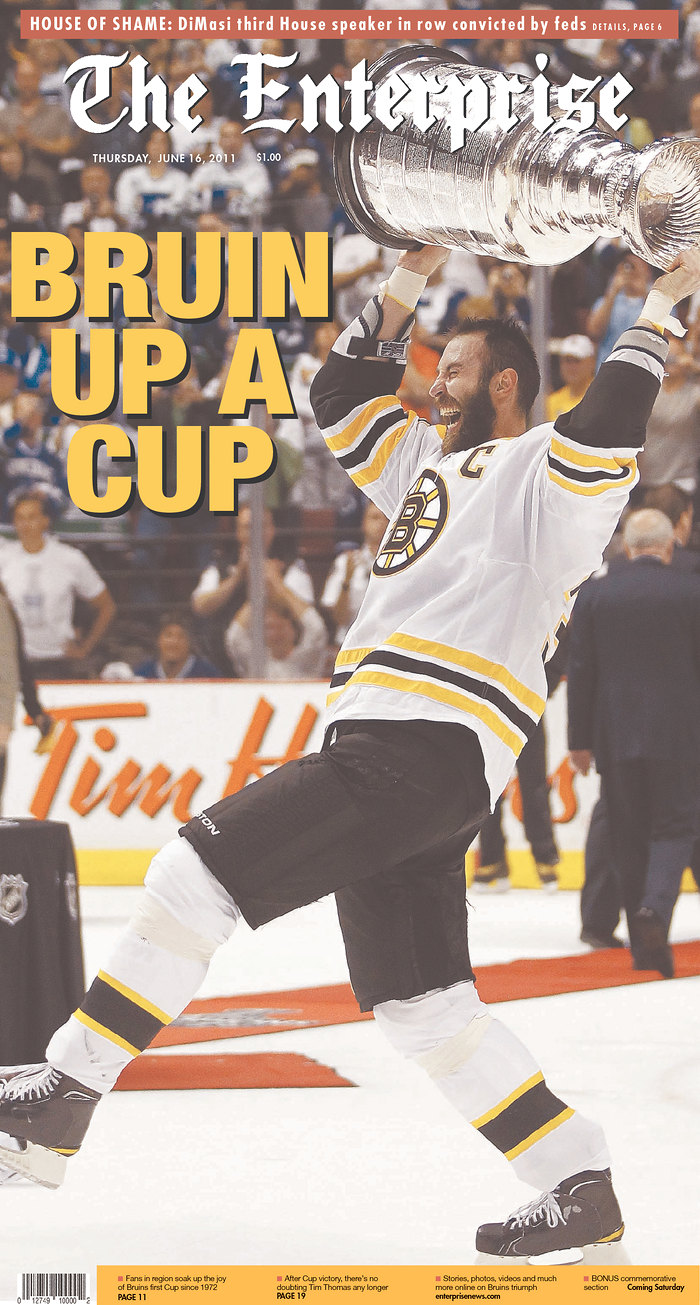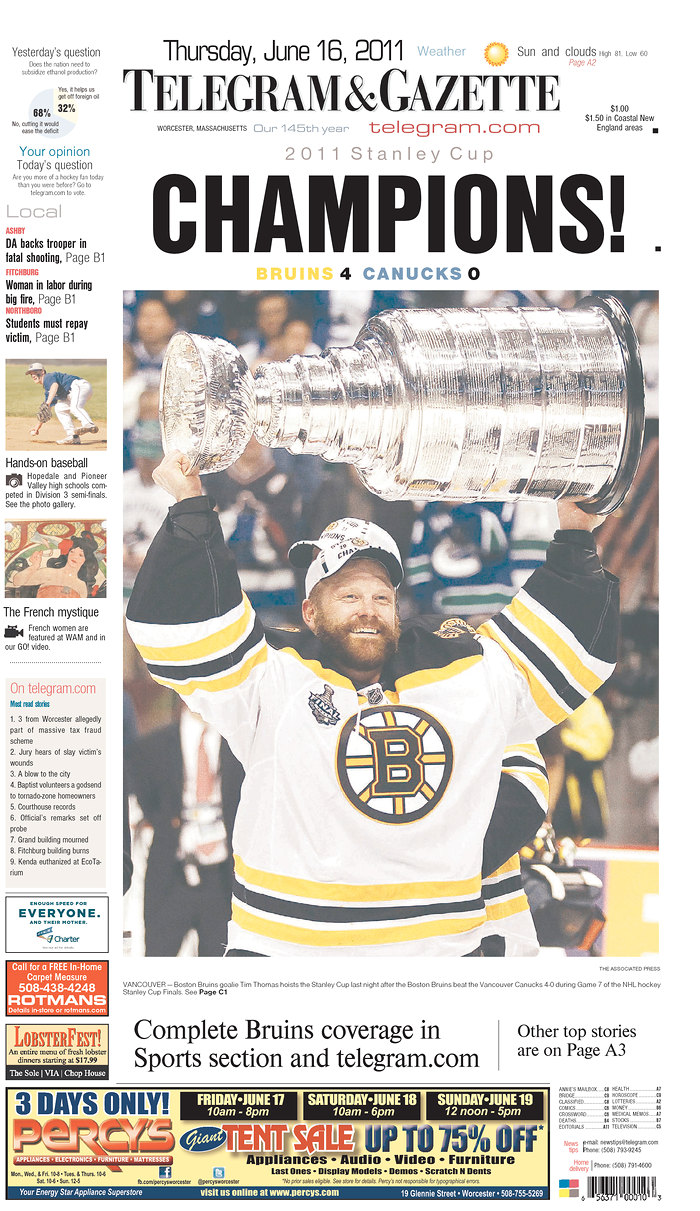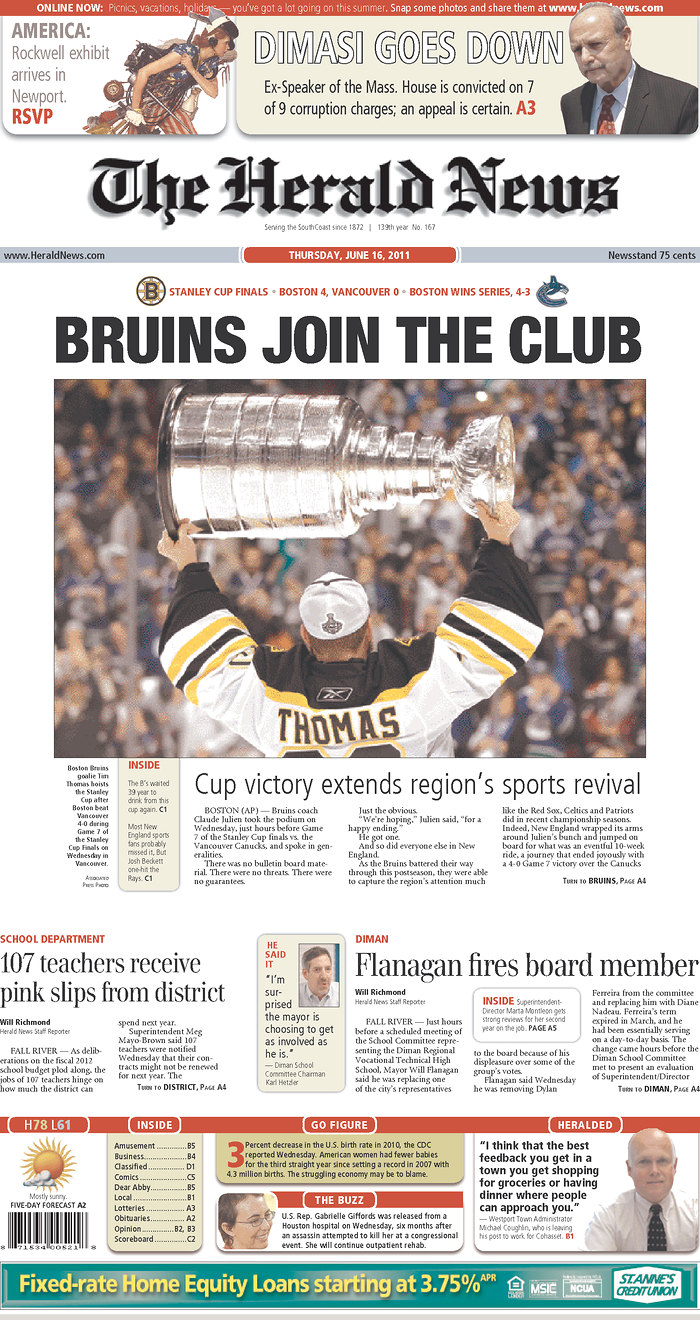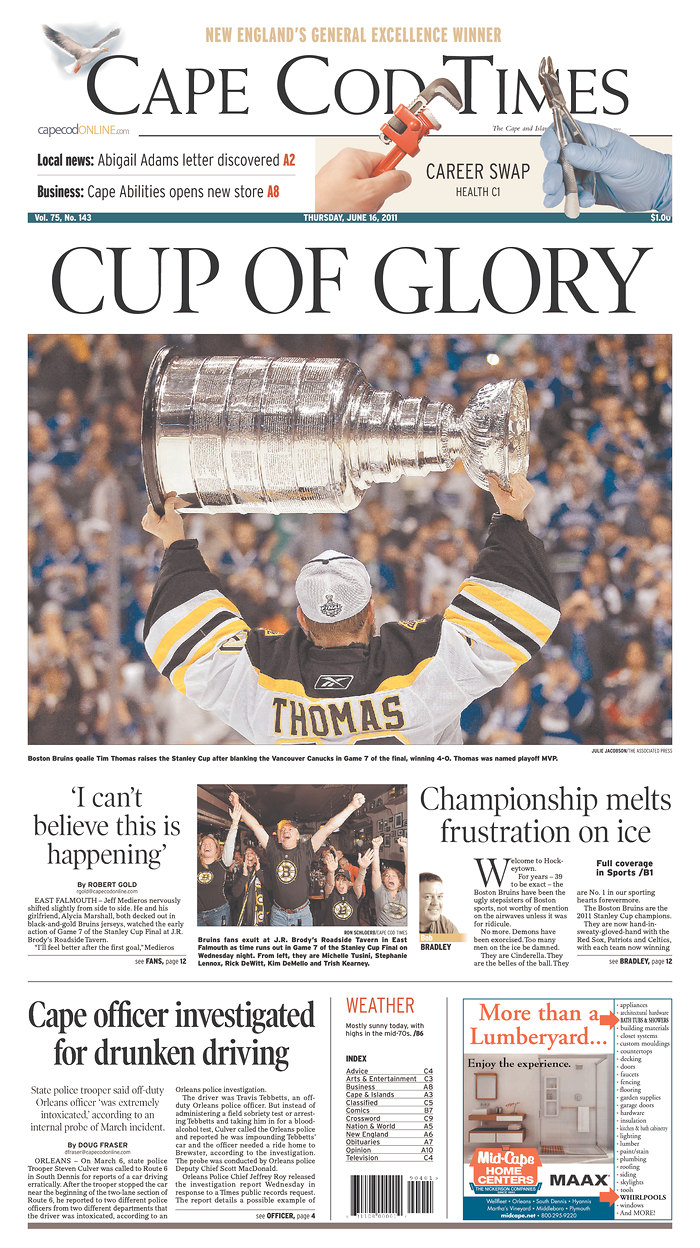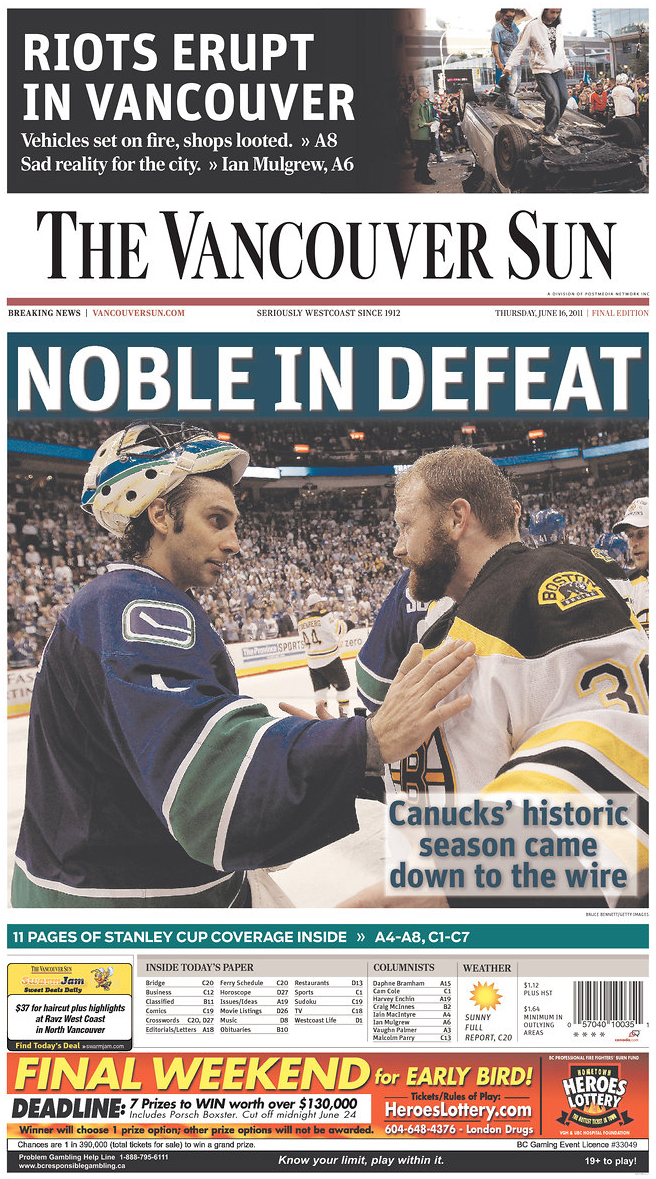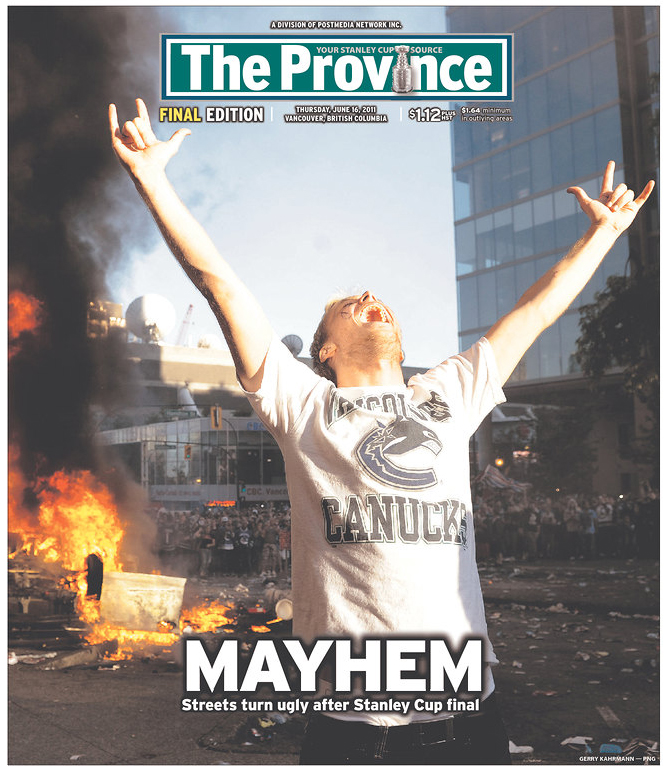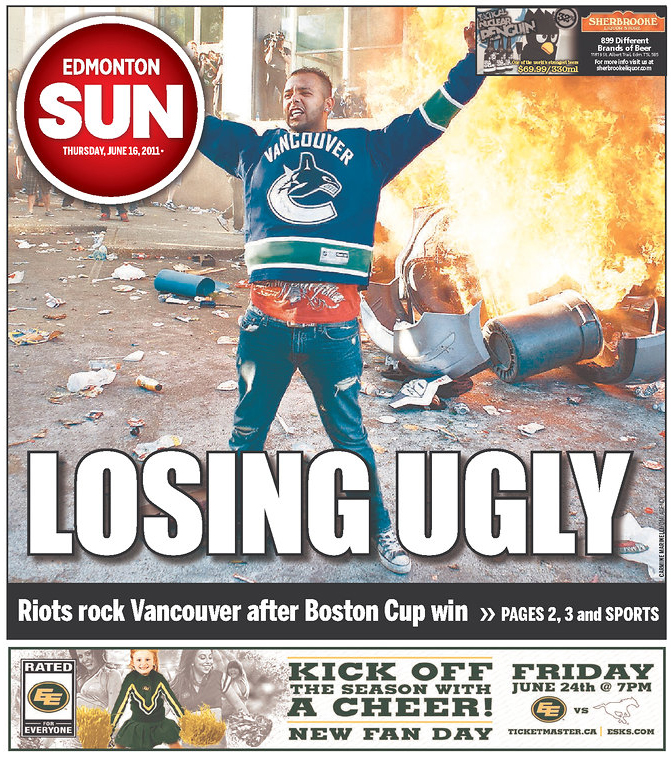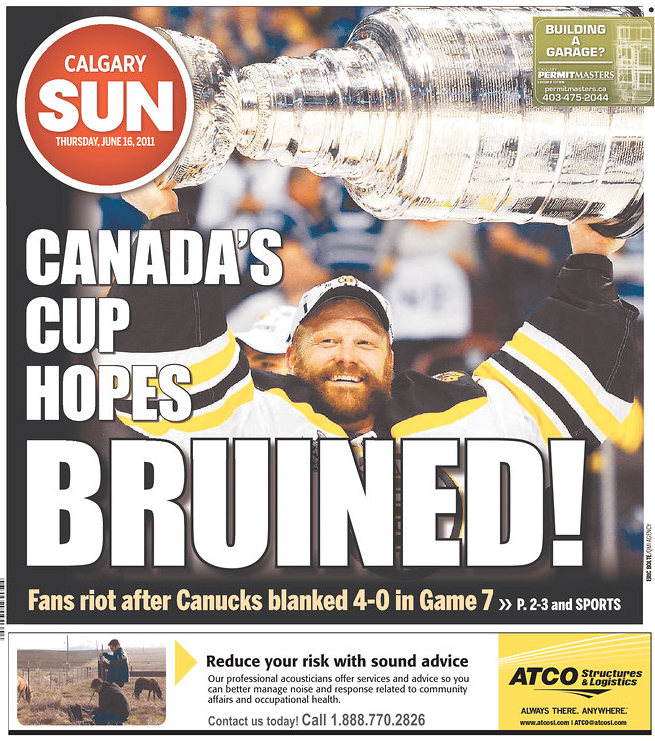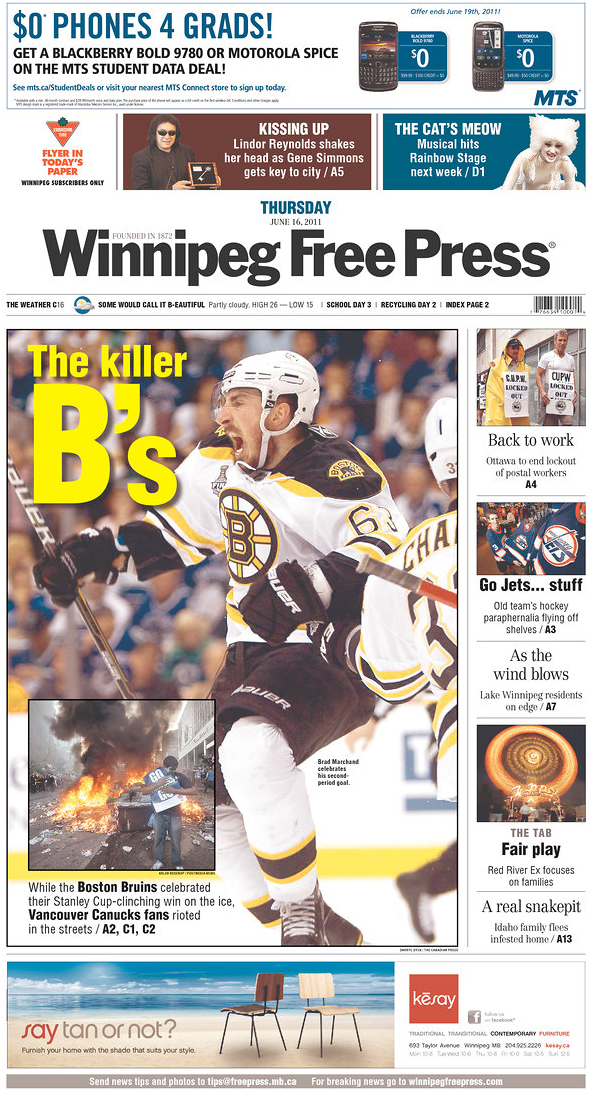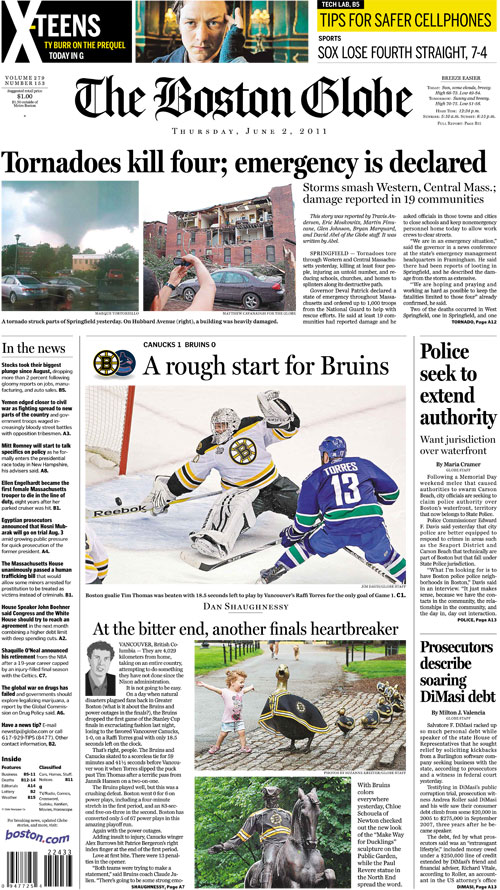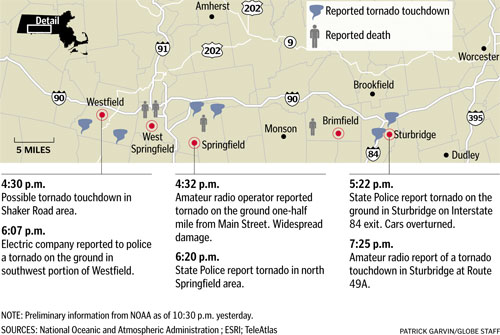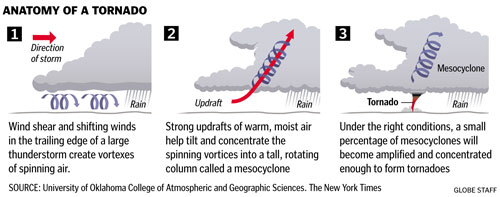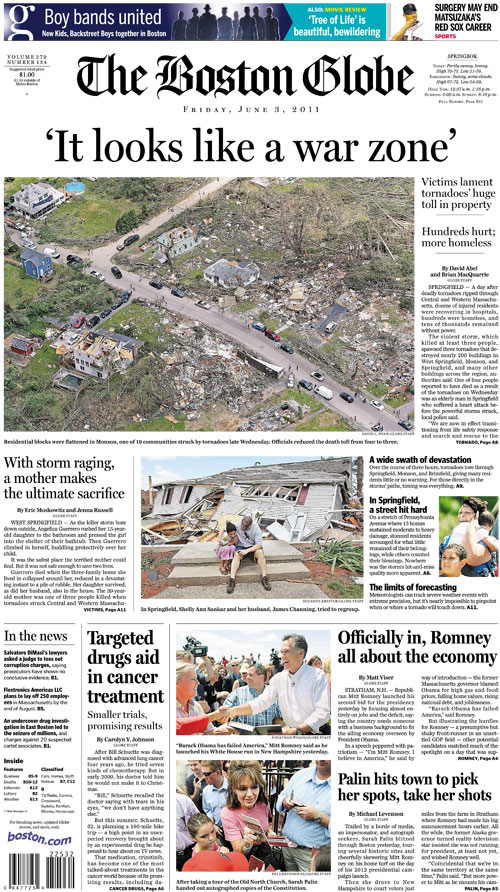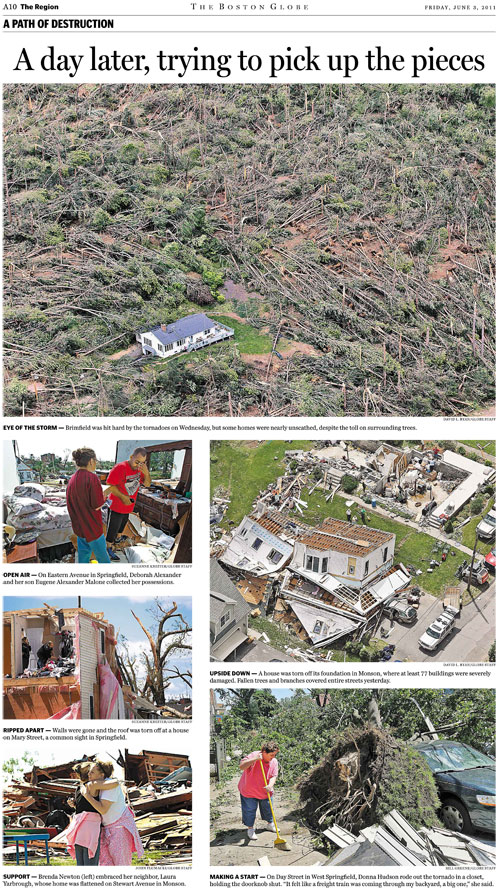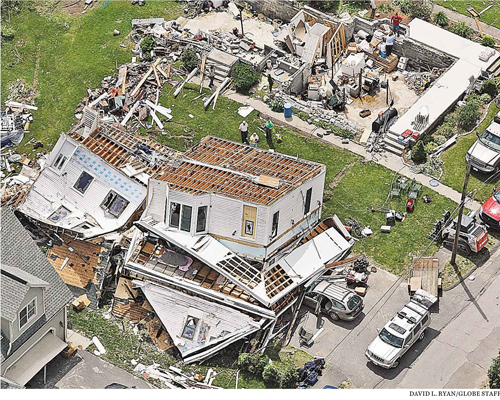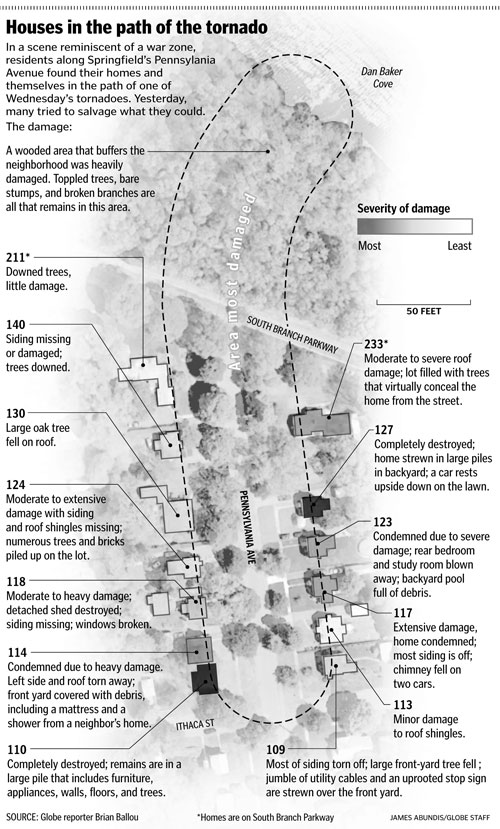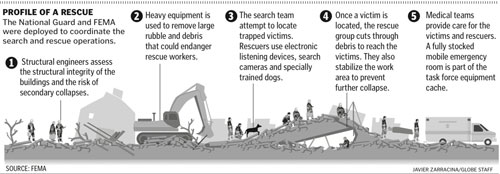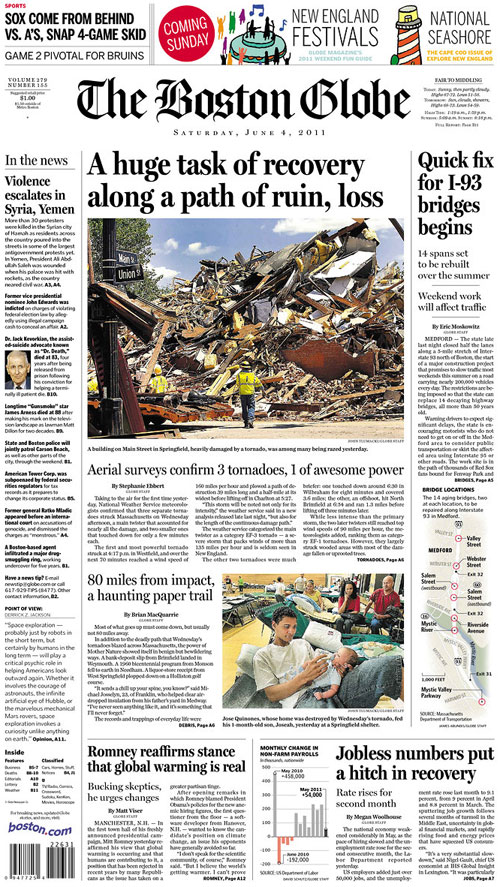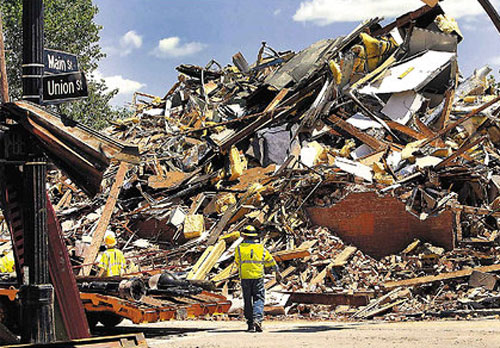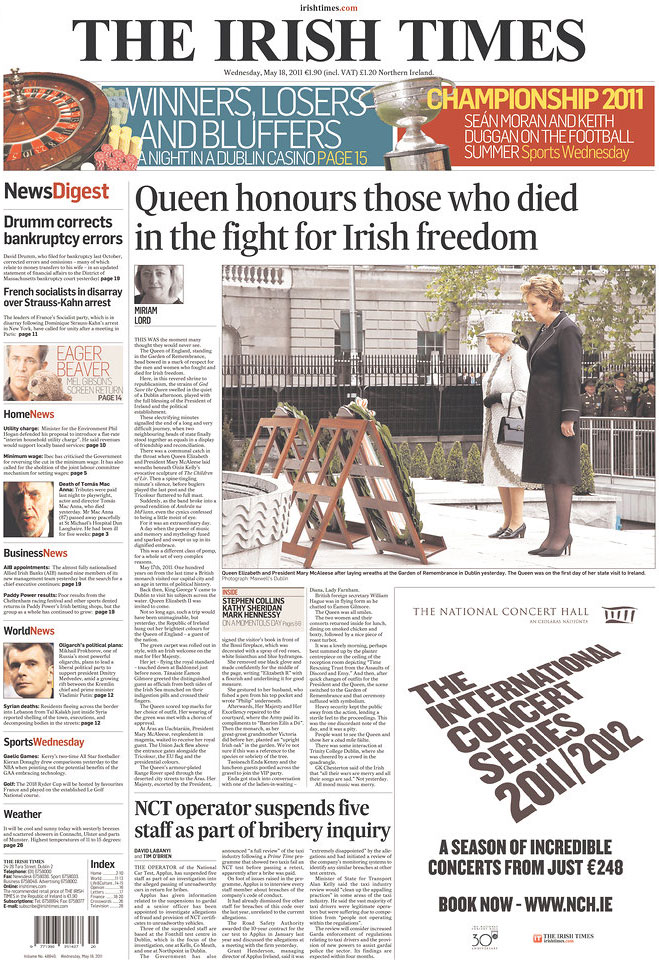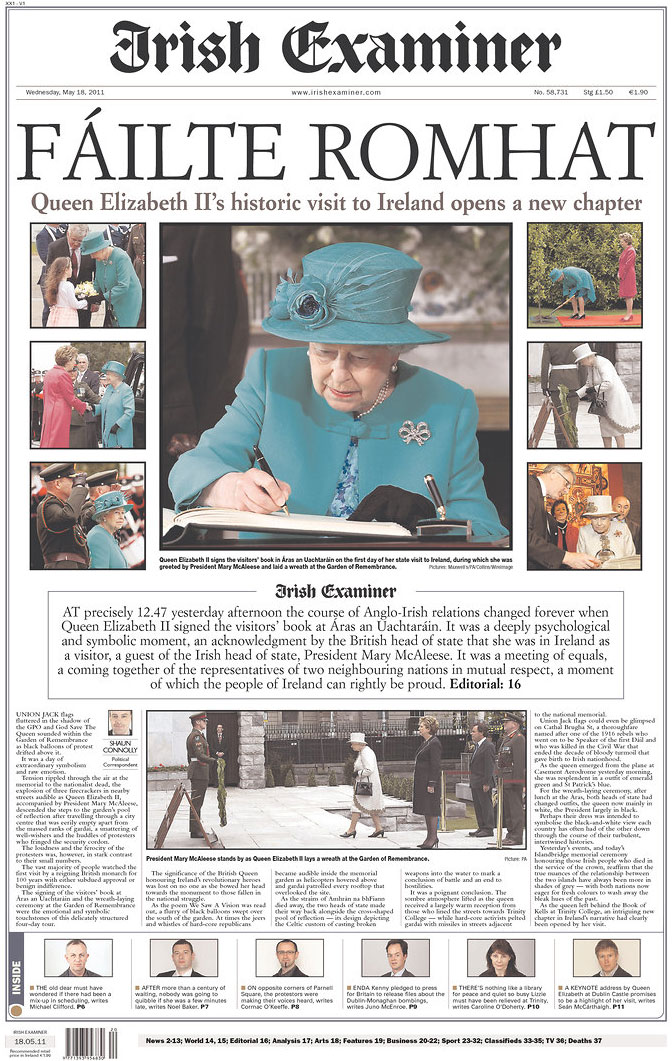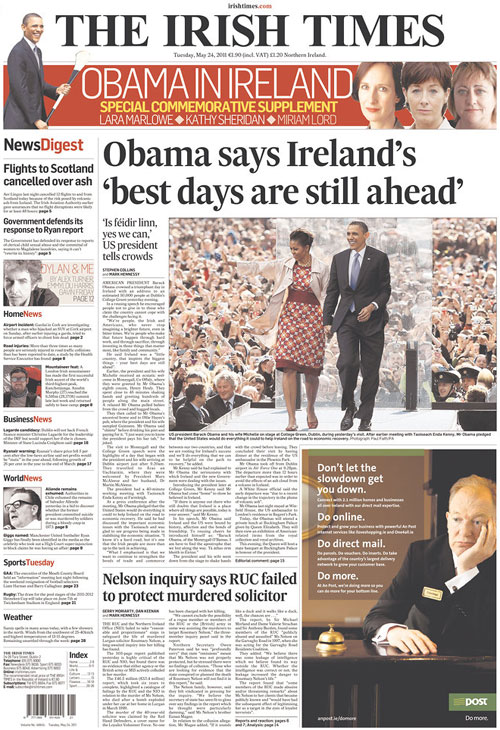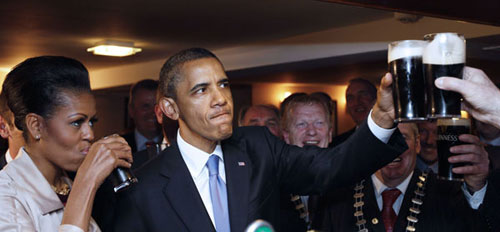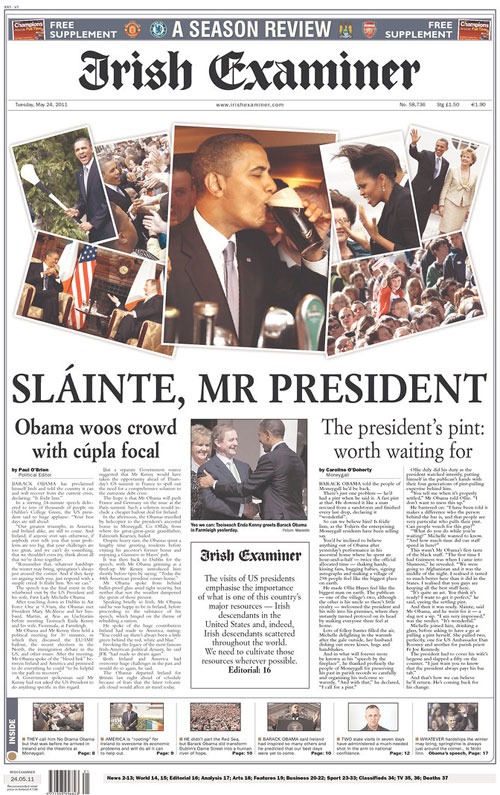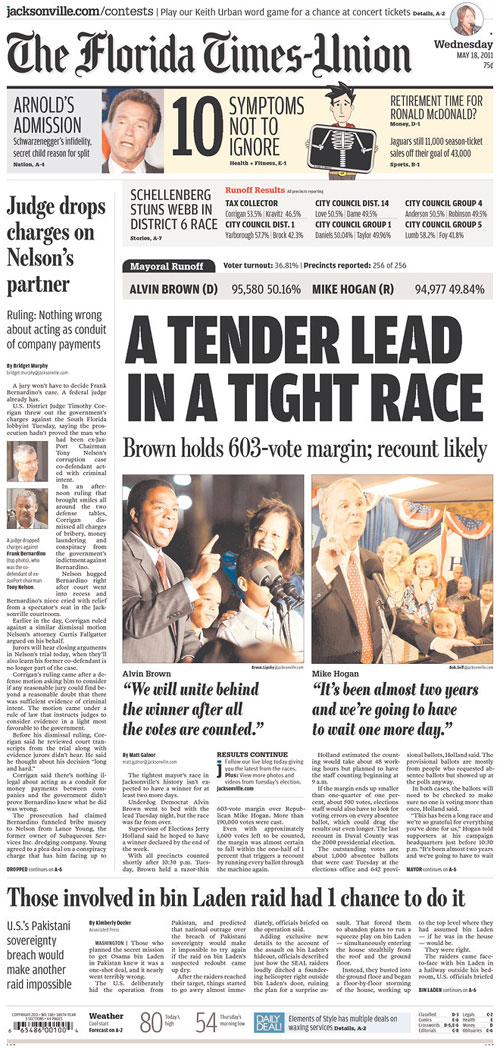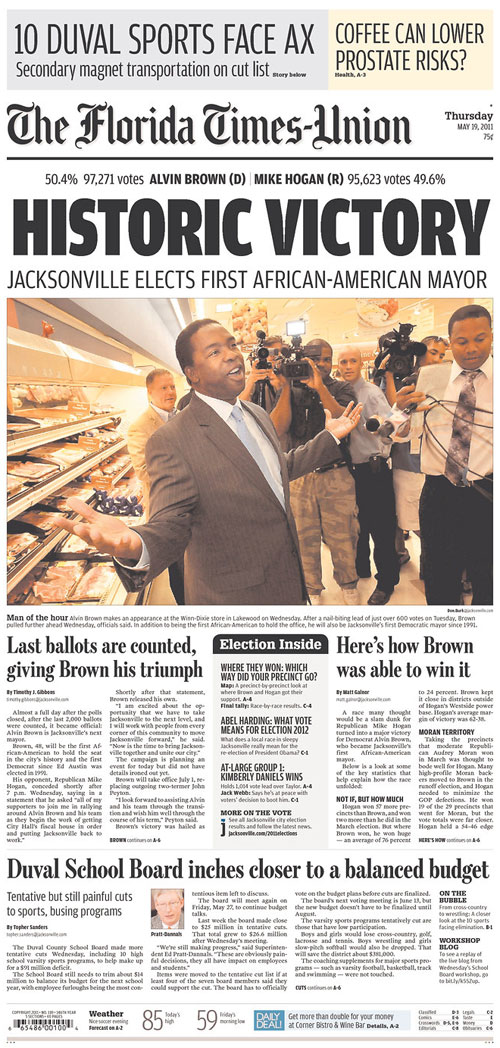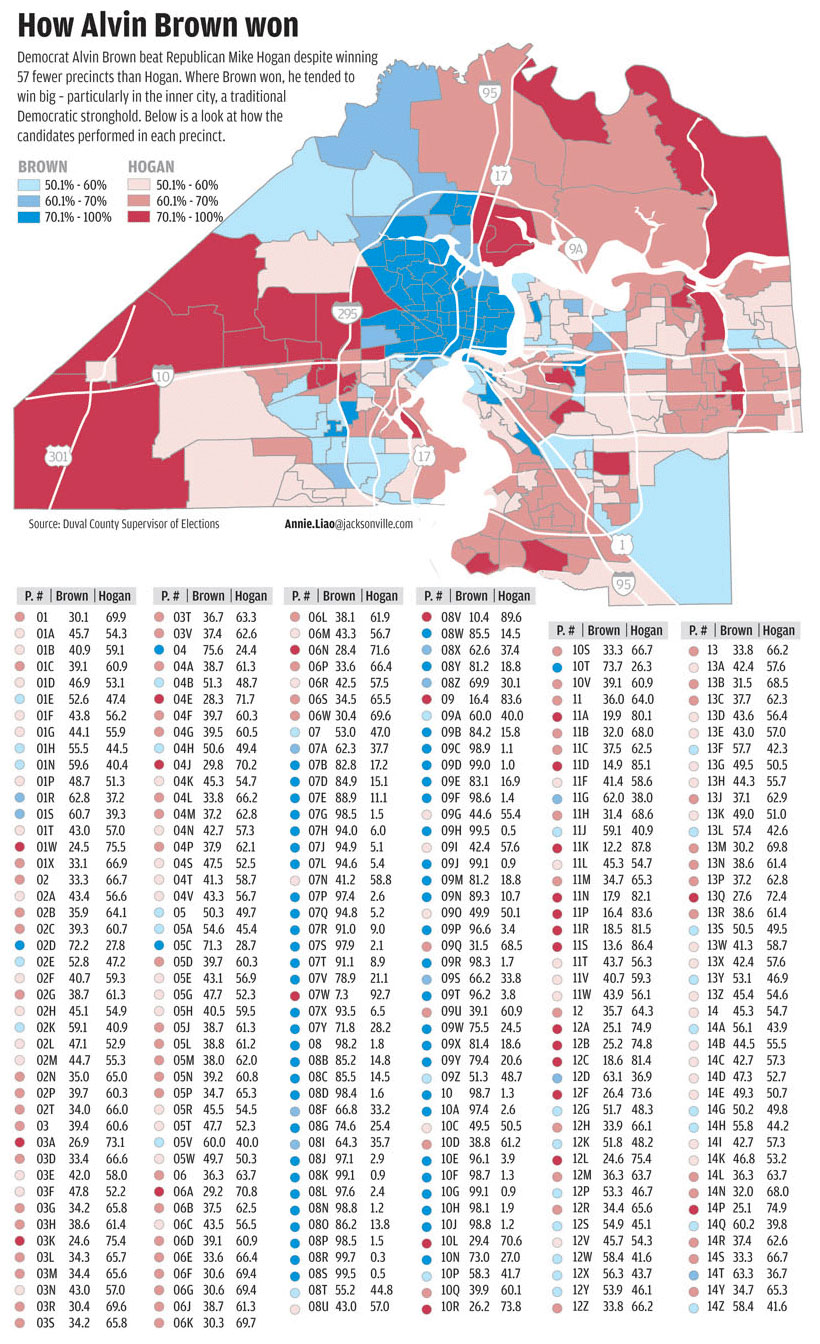One hundred and forty years ago today, on March 4, 1872, The Boston Daily Globe published its first edition.
A lot has changed since that first issue: For starters, the word “Daily” has dropped from the name.
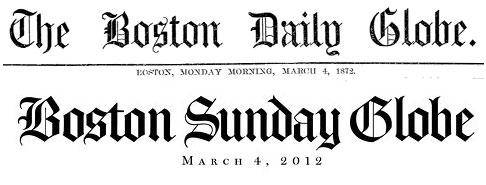 In looking back on the paper’s history and how the newspaper industry has changed, I’m reminded of one of my parts of Boston: Pi Alley. Particularly, I’m reminded of how it supposedly got its name from typesetters.
In looking back on the paper’s history and how the newspaper industry has changed, I’m reminded of one of my parts of Boston: Pi Alley. Particularly, I’m reminded of how it supposedly got its name from typesetters.
There are a few stories. According to the web site for the Pi Alley Garage:
As downtown Boston evolved from a residential to commercial area by the end of the 19th century, the name of this alley evolved from the names of local landowners to one more descriptive of the area. Many small restaurants set up shop in the alley to serve the area’s workers. A staple in many of these places was meat pies, often ordered by colorful names such as “Cat Pie” earning the alley the name “Pie Alley.”
In the days that Washington Street was home to most of the city’s newspaper printing plants, many of the printers and typesetters frequented a tavern in the alley called the “Bell in the Hand” In their haste to get refreshments, newspapermen would often drop pocketfuls of mixed up, loose type (called “pi” in the printing business) on the ground, leading to the name “Pi Alley.” Today, the alley continues the tradition of small businesses serving the people who work in the area, as well as the many tourists and visitors.
There is a sign in Pi Alley that repeats those stories almost verbatim. I took a picture one night as photographic proof for a friend who dismissed the newspaper connection as bullshit.
The newspaper is no longer downtown and thus no longer near Pi Alley, but I think of the Globe every time I walk through that neighborhood. Not that I don’t think of the Globe anyway; it’s what brought me to Boston.
It’s a news organization of which I am proud to be a part. I could list 140 reasons why, but that would read like a sloppy love letter written by some infatuated teenager. Indeed, I am infatuated with the Globe, and there are many reasons. The newspaper’s Pulitzer-winning coverage of abuse in the Catholic church was instrumental in exposing abuse in parishes across the country. When I first got here, I would pass some of the reporters who worked on those projects and feel like the freshman walking by Johnny Football Hero, although those reporters were much nicer than Johnny Football Hero.
Late last year, the paper launched BostonGlobe.com, a subscriber-only site. It is responsive, meaning it resizes based on the user’s browser and platform. This responsive design sidesteps the need for individual apps for each device. Whether you’re on an iPhone, a Kindle, a P.O.S. with Internet Explorer or even R2-D2, you can read BostonGlobe.com.
Even if you’re in Pi Alley.
————
To download the first front page, click here.
To see a gallery of Globe pages, click here.
To read Louis M. Lyons’ piece that marked the centennial in 1972, click here.

